|
By Creezy Courtoy, IPF Founder, Perfume Historian and Anthropologist Tracing the Historical Path of Incense, Myrrh and "Gold" As the essence of Christmas envelops us, the shimmering allure of gold intertwines with ancient trade routes and the symbolic journey of the Three Kings. Egypt's pursuit of incense, myrrh, and oud through the exchange of gold highlights the interconnectedness of cultures and the quest for precious treasures. Together, let us embrace the universal values of peace and unity, inspired by the story of the Three Kings, the timeless significance of gold in our celebrations and the spirit of peace. The Magnificence of Incense, Myrrh, and Oud During antiquity, Egypt was known for its rich trade connections and its desire for valuable commodities, including incense, myrrh, and agarwood. These aromatic substances held significant cultural and religious importance in ancient Egypt, and they were highly sought after for their fragrance and other perceived qualities. The fragrant smoke of incense was believed to carry prayers and offerings to the heavens. Myrrh, used in embalming and as a sacred offering, symbolized purification and spiritual connection. Oud, with its captivating aroma, was a prized ingredient in perfumery and incense-making. Egypt, renowned for its opulence and reverence for these aromatic substances, sought to obtain them from regions along the Perfume Roads. Incense: Incense was widely used in religious rituals, offerings, and ceremonies in ancient Egypt. It was believed to possess purifying and protective properties, and its fragrant smoke was thought to carry prayers and offerings to the gods. To obtain these sought-after varieties, Egypt had to engage in trade with regions like Arabia and the Horn of Africa, where these substances were produced. Myrrh: Myrrh, another aromatic resin, held religious and medicinal significance in ancient Egypt. It was used in embalming practices and as an offering to deities. Egypt's access to myrrh was limited, as it primarily came from regions like present-day Somalia, Ethiopia, and Yemen. Agarwood (Oudh): Agarwood, also known as oudh, is a fragrant wood derived from the Aquilaria tree. It has a rich, woody aroma and is highly valued in perfumery and incense-making. Agarwood was sourced from regions such as Southeast Asia and the Indian subcontinent. Egypt's Trade: Gold for Precious Fragrances The acquisition of these precious substances, however, often required the exchange of large quantities of gold due to their scarcity and demand. Gold, which was highly valued, served as a medium of exchange in international trade. As caravans traversed desert landscapes, laden with gold, they ventured towards regions like Arabia, the Horn of Africa, and the Indian subcontinent. Egypt's desire for incense, myrrh, and oud drove the trade of this precious metal, forging connections and fostering cultural exchange along the ancient trade routes. Gold mining, both in Egypt and through trade with neighboring regions, was a significant source of wealth for the ancient Egyptians. Egypt's abundance of gold during antiquity can be attributed to several factors, including its geographical location, natural resources, and historical developments. Egypt had its own gold deposits, primarily located in the Eastern Desert, near the Red Sea. Ancient Egyptians developed mining techniques to extract gold from these deposits. They employed methods such as panning, sluicing, and tunneling to access the gold-bearing ore. Egypt's location in northeastern Africa placed it in proximity to gold-rich regions, such as Nubia (present-day Sudan) and the Eastern Desert. Nubia, located to the south of Egypt, was particularly renowned for its gold mines. The Nubian region had significant gold deposits, including alluvial gold found in riverbeds and veins of gold embedded in rocks. Gold held immense economic value in ancient Egypt. It was widely used as a medium of exchange, a store of value, and a symbol of wealth. Gold was employed for various purposes, including trade, religious offerings, ornamental and luxury items, and the adornment of pharaohs and temples. The demand for gold, both domestically and internationally, contributed to its importance as a form of wealth for Egypt. Additionally, Egypt was able to acquire gold as tribute or payment from conquered territories or through diplomatic relations with neighboring regions. Gold held deep cultural and religious significance for the ancient Egyptians. It was associated with the sun god Ra and was considered a symbol of divine power and eternal life. Gold was used in religious rituals, temple construction, and burial practices, indicating its importance beyond its economic value. These factors combined to make Egypt a significant center for gold acquisition and accumulation during antiquity. Egypt's control over gold mining, its trade connections, and its cultural reverence for gold allowed it to amass substantial wealth in the form of this precious metal. The Journey of the Three Kings The Three Kings are believed to have originated from different regions of the ancient world. Melchior, often depicted as an elderly Persian scholar, hailed from Persia (modern-day Iran). Balthazar, portrayed as an African or Arabian nobleman, is thought to have come from Sheba or Arabia Felix (present-day Yemen). Lastly, Gaspar, a youthful figure, was said to have hailed from Saba (modern-day Ethiopia or Sudan). The Three Kings carried precious gifts symbolizing their reverence and respect for the newborn baby. These gifts were not only symbolic but held great value during the time. Beyond their biblical narrative, the journey of the Three Kings holds historical significance. It reflects the ancient trade routes that connected civilizations, the cultural exchanges that took place, and the role of Arabia as a center of commerce and knowledge. The gifts the Kings presented also highlight the importance of incense, myrrh, and gold in ancient societies. To reach their destination, the Three Kings embarked on a perilous journey across the vast Arabian Desert. This desert, with its shifting sands and treacherous terrain, presented numerous challenges. The exact route they took remains a subject of speculation, but historical evidence suggests they likely followed ancient trade routes and oasis trails, navigating by the stars and their knowledge of the desert. The Path through the Arabian Desert
From Persia to Arabia: Melchior, the Persian king, set out from his homeland, traversing arid plains and rugged mountains. His journey took him through the ancient cities of Persis, Parthia, and the Arabian Peninsula, eventually leading him towards the southern Arabian region. Melchior presented gold, representing kingship and wealth. From Saba to Arabia Felix: Balthazar, originating from the Kingdom of Saba, embarked on his expedition from the southwestern Arabian Peninsula. He embarked on a challenging trek through the deserts of Yemen, navigating the arid landscapes and ancient trade routes that connected the region with the rest of the world. Balthazar offered frankincense, a fragrant resin used in religious rituals, symbolizing divinity. From Saba to the Land of the Nile: Gaspar, the youngest of the Three Kings, hailed from the Kingdom of Saba. He embarked on his journey, traveling northward, along the Red Sea coast. Crossing vast stretches of desert, he eventually reached the ancient land of the Nile, making his way to the heart of Egypt. Gaspar bestowed myrrh, an aromatic resin used in embalming, symbolizing mortality and sacrifice. Gold or Liquid Gold? While Melchior is traditionally associated with offering gold, it is intriguing to explore the symbolic connection between gold and oudh or agarwood, the most precious scent in Arabia, often referred to as "liquid gold." Gold has long been associated with wealth, luxury, and kingship in various cultures. In the context of the Three Kings' story, Melchior's gift of gold symbolizes the recognition of the newborn baby's royal status and the acknowledgement of his future as a great ruler. In addition to its material value, gold also represents purity and divinity. Its shimmering brilliance has often been associated with the divine presence and elevated spiritual significance. Similarly, oudh or agarwood holds a special place in Arabian culture and has been treasured for centuries for its exquisite fragrance and rarity. Oudh is derived from the resinous heartwood of the agar tree, primarily found in Southeast Asia, India, and the Arabian Peninsula. It is a highly sought-after fragrance ingredient, renowned for its rich, complex aroma, often described as woody, balsamic, and captivating. The extraction process of oudh is meticulous and time-consuming, contributing to its high value. The term "gold" used to describe oudh or agarwood in the context of the Three Kings' gifts signifies its extraordinary worth and significance. Oudh is considered a precious treasure, a symbolic representation of luxury, spirituality, and devotion. Just as gold is associated with kingship, oudh is associated with nobility and opulence in Arabian culture. It is important to note that while the inclusion of oudh as "gold" in the Three Kings' story may have cultural significance and symbolism, it is not a historical fact but rather a poetic interpretation that enriches the narrative and adds to its allure. The inclusion of oudh as a symbolic representation of gold in some interpretations of the story is a way to add cultural richness and depth to the narrative. It draws upon the significance of oudh in Arabian culture and its association with luxury and opulence. The Symbolic Journey of the Three Kings, a desire for peace, harmony: The biblical tale of the Three Kings, or Wise Men, embarking on a journey across the desert to present gifts to the infant Jesus in Jerusalem, encapsulates the spirit of peace and harmony among the three Abrahamic religions. Symbolizing Judaism, Christianity, and Islam, the Three Kings epitomize the unity and shared reverence for the divine. The gifts they brought signify not only material wealth but also spiritual devotion and the pursuit of peace. Their passage through the desert echoes the importance of pilgrimage and the pursuit of spiritual enlightenment. The exchange of these precious gifts symbolizes a desire for peace, harmony, and the recognition of the divine presence within humanity.
0 Comments
PERFUME IN ANCIENT EGYPT NEFERTUM, God of Perfumers and Aromatherapists by Creezy Courtoy Nefertum (Nefertem, Nefertemu) was an ancient god, the God of Perfumers and Aromatherapists ( at this time perfumers were all aromatherapists ) mentioned in the Pyramid Texts (c. 2350 BC), but became more prominent during the New Kingdom (1539 - c. 1075 BC) and later. Nefertum was the son of Ptah and Sekhmet. Ptah, his father, was the creator God and the Patron of artisans. His mother, Sekhmet, was the Goddess with a dragon head who protected Egypt from its enemies but she was also the Goddess of plants and herbs and the Patron of medical and alchemist distillation. Nefertum ruled over ointments and perfumed oils. In Ancient Egypt, fragrances were considered as the essence of materialization of all things. Nefertum was thus considered the spirit of life. He represented beauty in its perfection and was associated with purification and youthfulness. His symbol and representation was the blue lotus flower, the sacred flower of Egypt through which the sun rose. Nefertum was the god of the lotus blossom who emerged from the primeaval waters at the beginning of time, and a god of perfume and aromatherapy. Nefertum was the god of healing, medicine and beauty and strongly associated with the lotus and often depicted in Egyptian art with a large lotus blossom forming his crown. The lotus was the only flowering plant in Egypt that bloomed nonstop throughout the year. Held by gods and goddesses near the nose of royal kings, queens and pharaohs as its scent, this flower was believed to be restorative and protective. Nefertum was seen as the sun god and the grandson of the sun god. He was not originally worshipped in temples, but was an important aspect of the sun god, who was later discovered as the grandson of the sun god. For the people in Egypt, he was their protector and their healer. Nefertum was linked both to the pleasant scent of the lotus flower and to its medical properties which were well known to the ancient Egyptians. He was also associated with a number of the Egyptians favorite flowers, such as rose, geranium and cornflower. In fact, he could be described as the archetypal aromatherapist. According to one legend, he brought a bouquet of beautiful lotuses to the aging Ra to ease his suffering. As a result, he was described in the Pyramid Texts as "the lotus blossom which is before the nose of Ra". He may have originally been considered to be an aspect of Atum. According to one version of the creation story of the Ennead in Heliopolis, Nefertum (translated as beautiful Atum, or perfect Atum) was born from a blue lotus bud which emerged from the waters of Nun at the beginning of creation. Atum represented the sun and so Nefertum represented the sunrise. He cried because he was alone and his tears created humanity. It was thought that he was born with every sunrise, matured into Atum during the day before passing into the world of the dead every sunset. The cycle of birth in the morning and death every evening (as the sun travelled through the underworld) represented the daily struggle between Chaos and Order (Ma´at). When Atum was absorbed by Ra (Atum-Ra), Nefertum came to be considered as a seperate deity, still closely associated with the newborn sun. Then Ptah was promoted to the chief national god and proclaimed the ultimate creator, and Nefertum was described as his son by either Sekhmet or Bast (both "Daughters of Ra"). However, as the son of Ptah, he also became patron of the perfume and healing arts derived from flowers. Thus, Nefertum was seen as both an aspect of the sun god, and also his grandson. He was also linked to rebirth, both as a personification of the newborn sun and as the patron of many of the necessary ingredients of the mummification process. A passage of the Book of the Dead says the blessed dead will "Rise like Nefertum from the lotus, to the nostrils of Ra, and come forth upon the horizon each day". The Egyptian pantheon is particularly huge and fluid, with a wide variety of deities entering and exiting each other's myths. Nefertum used to be depicted as a beautiful young man wearing a lotus headdress, sometimes standing on the back of a lion. Occasionally he wears a headdress with two feathers and two necklace weights that were fertility symbols associated with Hathor (who in turn was closely associated with the two goddesses described as his mother, Sekhmet and Bast). He was sometimes depicted as a man with the head of a lion or as a reclining lion or cat. In this form, he was associated with the lion god Maahes, who may have been his brother, but may also have been an aspect of Nefertum. Like the newborn sun, he was generally depicted as a beautiful baby sitting on a lotus bud. Sometimes his body was shown wrapped like a mummy, with his arms and face unbound. He also had a lion or cat shape, attributed to his mother. He was also depicted as a human head emerging from a large water lily. For the ancient Egyptians, however, with their holistic understanding of the universe, fragrances and perfumes were not only beautiful, but were also spiritual and therapeutic. The Blue Lotus The lotus flower flourishes on the banks of the Nile. It opens its large petals with the rising of the sun. To the ancient Egyptians it represented the sun because it banished darkness. Blue Lotus played a unique and important role in Ancient Egyptian culture. The plant was widely popular for its mood enhancing and mild psychedelic properties. Used both recreational and for spiritual effects, they often made a concoction out of Blue Lotus and wine.
This flower has even been placed alongside the deceased in ancient tombs. The plant is often depicted on walls and paintings as well, often depicted together with wine. The Blue Lotus was even the symbol for the union of Upper and Lower Egypt. Commonly used in art as a symbol of Upper Egypt. It was often shown with its long stems intertwined with papyrus reeds (a symbol of Lower Egypt) as a representation of the unification of the two lands. For the Ancient Egyptians, The Blue Lotus represented how the sky greeted the sun. Just as the sun rises above the horizon to start the day, the flower opens in the morning. Then just when the sun is setting, the flower closes itself at dusk. And because of this, the Egyptians coined the Blue Lotus the sacred flower of the sun and sun gods. As this symbol means also the creation and rebirth, the lotus is a fixed part of tomb and coffin decoration, often in combination with the scarab, which has similar symbolic meaning. If you want to learn more about national flowers visit my blog powerfulflower.blogspot.com |
Archives
March 2024
Categories
All
|
- Home
- About
- Why choosing us
- Mission
- Academicians
- IPF Certification
-
COURSES
-
MASTER CLASSES
- Teaching Methodology
- Natural Raw Material Extraction Methods >
- Natural Candle Making
- Healing Gardening
- Sustainable Oud MasterClass
- World Perfume History Master Class
- Scent Design and Formula Building >
- Fragrant Botany & Chemistry >
- Perfume Design, Concept and Storytelling
- French Natural Aromachology #1
- French Natural Aromachology #2
- Olfaction Training for Children
- Accords - Musks
- Accords - Chypre
- Accords - White Florals 1
- Accords - Fougeres and Aromatics
- FRAGRANCE DEVELOPMENT
- SPEAKERS
- EXHIBITIONS
- Partners
- Blog
- Contact
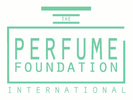


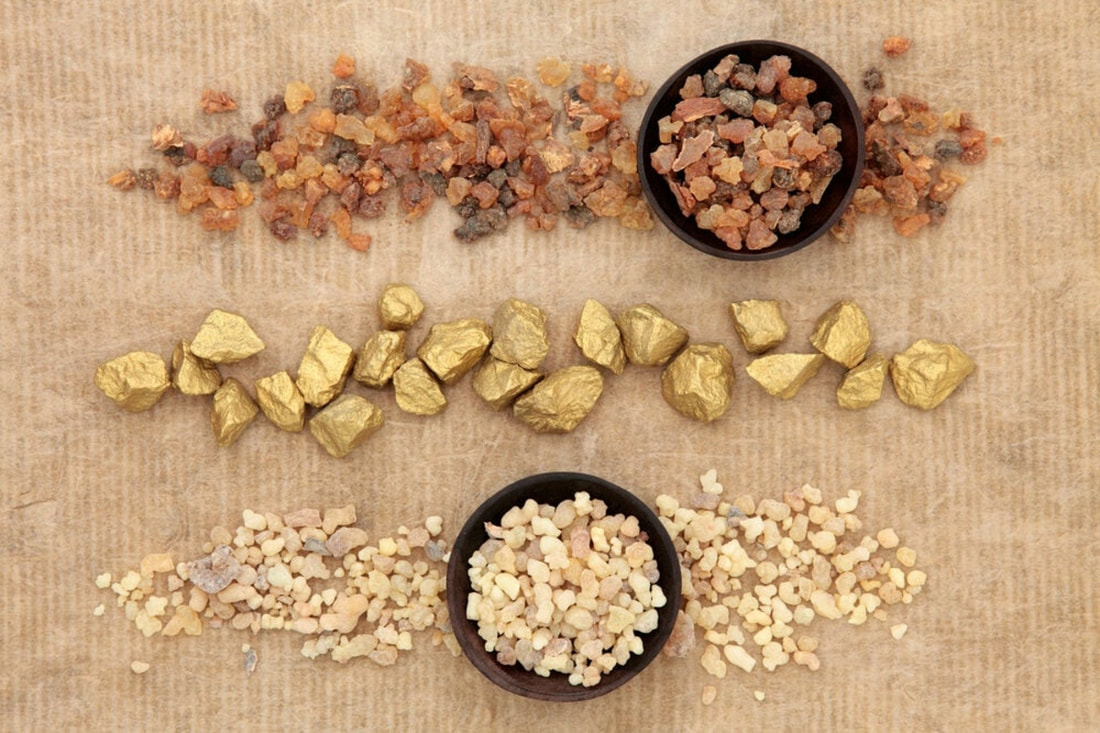
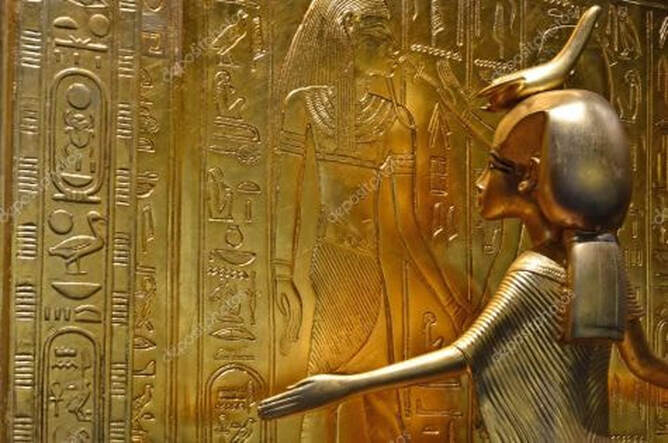

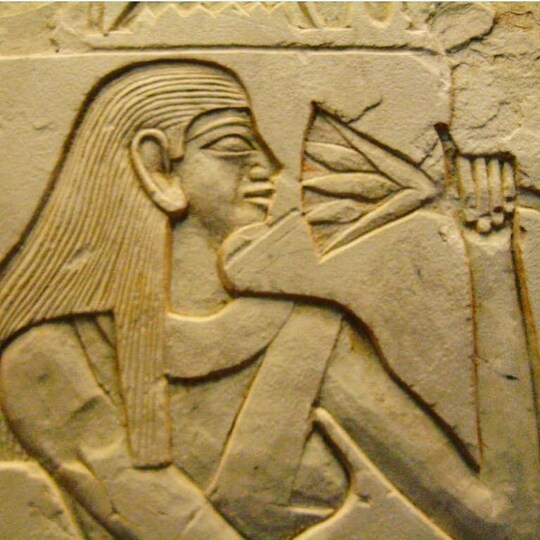
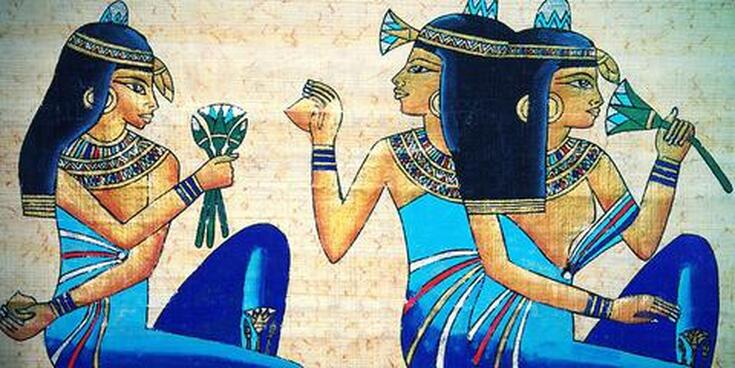
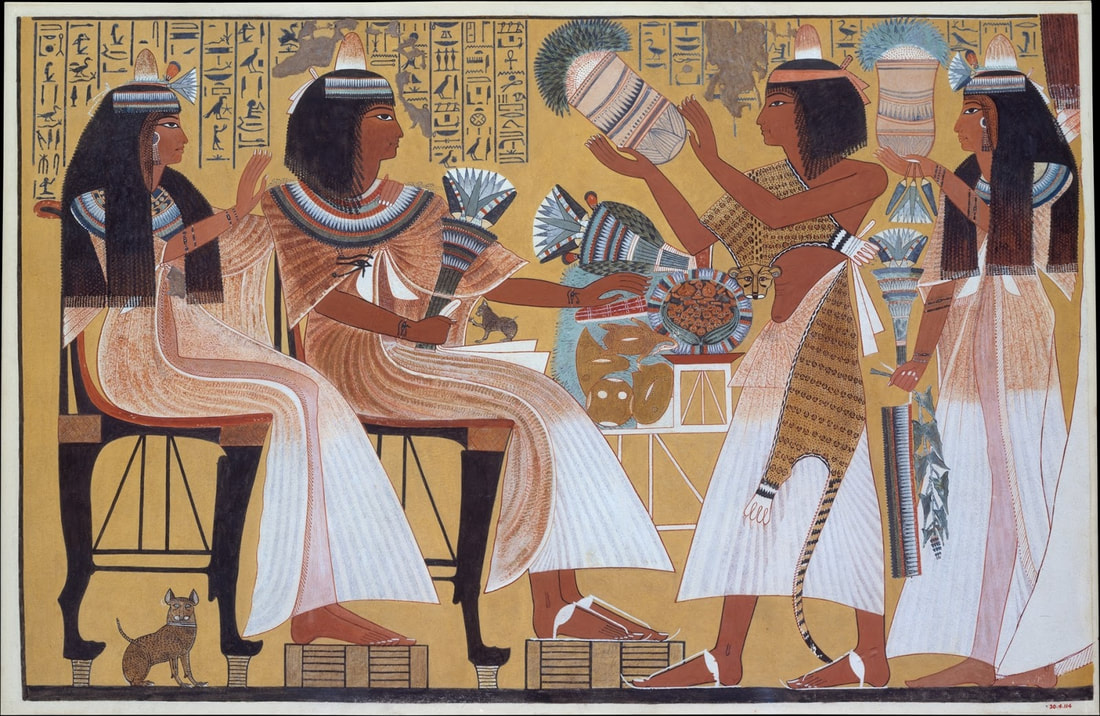
 RSS Feed
RSS Feed
